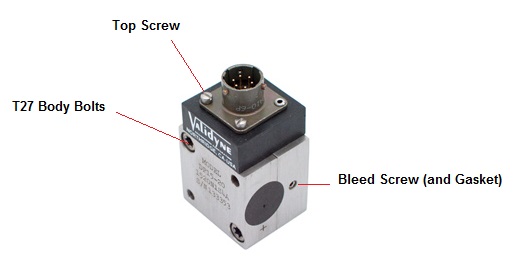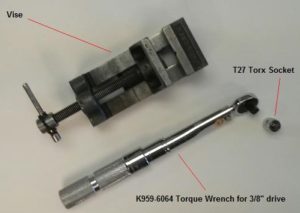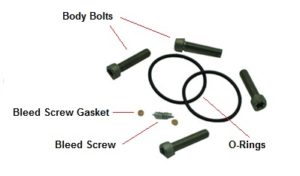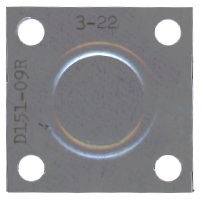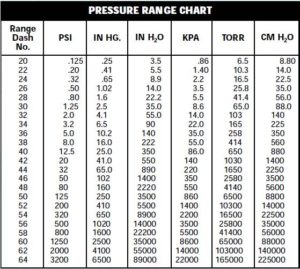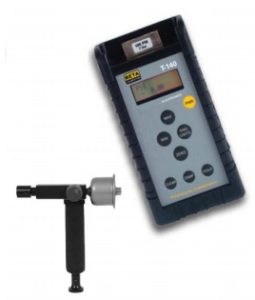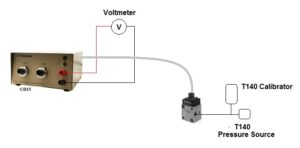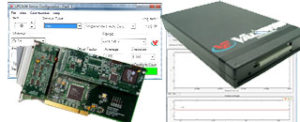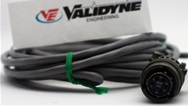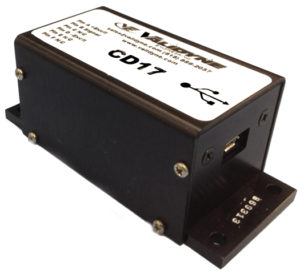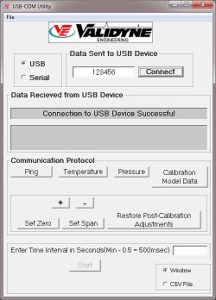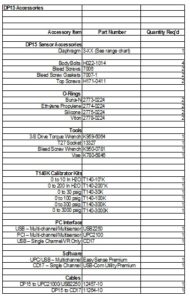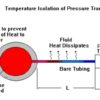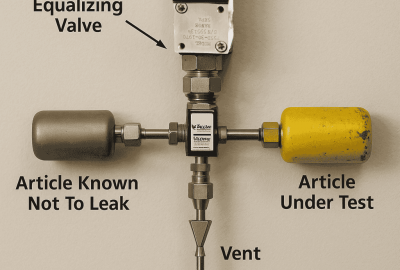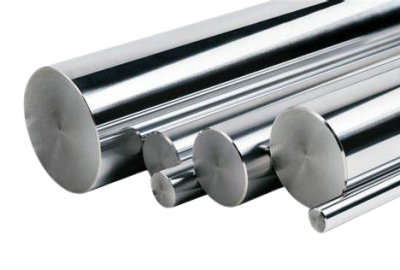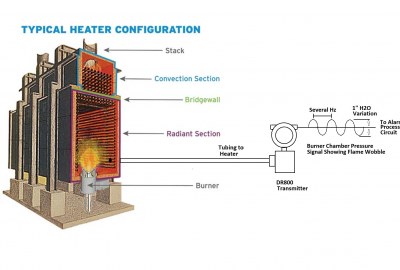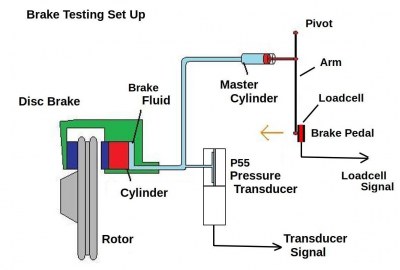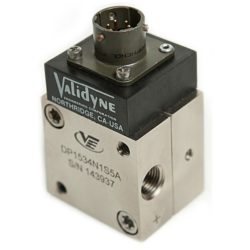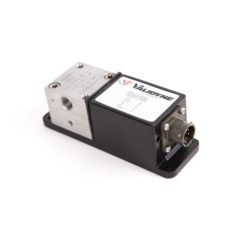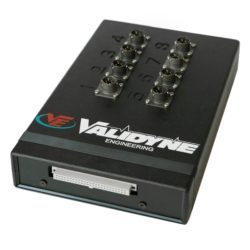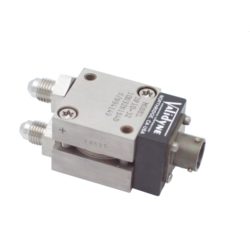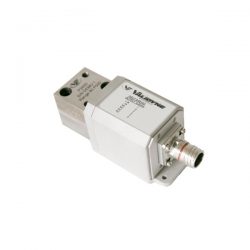Pressure Measurement
Selecting Accessories for the DP15 Variable Reluctance Pressure Sensor
Introduction:
The Validyne DP15 variable reluctance pressure sensor is distinguished by its ability to be re-ranged for different full scale pressure measurements. The sensor can be disassembled, a new sensing diaphragm installed and the unit re-calibrated to the new full scale pressure. Some 23 different full scale pressure diaphragms are available and this application note will describe how to select and order the parts needed to re-range the sensor and interface the signal to a PC.
Accessory Sensor Parts:
A typical DP15 is shown in the featured picture above, with the replaceable external parts identified.
To disassemble a DP15 a torque wrench, T27 Torx socket and a vise are needed. These items are available from Validyne and are shown below:
The sensor can be disassembled by removing the two top screws holding the connector and then the four 10-32 Torx T27 body bolts. When disassembled, the sensor body pieces separate and the sensing diaphragm and o-rings are removed. These parts are shown below:
It is good practice to replace the body bolts and o-rings when changing the range of the DP15. Various o-ring compounds are available (see ordering chart).
The sensing diaphragm may now be replaced with one of a different range. A typical sensing diaphragm is shown below:
To re-range a DP15 sensor the full scale pressure must be known and the correct diaphragm part number ordered. The part number for a DP15 diaphragm starts with 3- and is followed by a two-digit range code. The diaphragm in the photo above is p/n 3-22 and has a full scale range of 5.5 In H2O. The other available range codes for the DP15 sensing diaphragm are shown in the chart below with their full scale pressures expressed in various engineering units.
Re-assembly is simply the reverse of dis-assembly, taking care that the torque on the body bolts is 125 In-Lb. The vise is used to stabilize the sensor body during assembly and to allow the torque to be correctly transmitted to the body bolts.
Also be sure that the bleed screws are tightly seated – these use a 5/64” hex wrench, Validyne p/n K950-0781.
Calibration Accessories:
The next step is to calibrate the DP15 against a pressure standard. Validyne can supply model T140K calibrator kit that includes a pressure pump and reference standard – an example is shown below.
The T140K calibrator kit is available in six different versions covering the available DP15 full scale pressure ranges. To calibrate the DP15 connect it to your carrier demodulator and have a way to observe the output signal of the demodulator. In the example below a CD15 basic carrier demodulator is used with a DP15 and T140K:
The Zero and Span adjustments on the CD15 are set during the calibration process so that the analog output is 0 to +/-10 Vdc.
PC Interface Accessories:
The DP15 is typically used in a laboratory where pressure measurement requirements often change. Other sensors may be required to make measurements and the mix and combination of these sensors may also vary. Validyne makes several PC-based data acquisition products that accept any combination or mix of sensor types including thermocouples, strain gages, LVDTs, resistances, RTDs, potentiometers, DC volts and variable reluctance pressure transducers like the DP15.
The DP15 and other sensors can be connected to a PC using the Validyne UPC/USB series of products:
The UPC2100 (left) is a PCI plug-in card for desktop PCs and the USB2250 (right) is a self-contained box that connects to the USB port on a laptop PC.
Both interface devices accept any combination of sensor inputs in addition to DP15 transducers. These products supply all required sensor excitation, amplification, demodulation and A/D conversion. A terminal block is used to receive the field wiring from the sensors and this is connected by a ribbon cable to the UPC2100 or USB2250. The terminal block and ribbon cable is included.
Easy Sense software is also included and this allows the user to configure each of the 16 input channels for different sensor types and to do data logging to a disk file that can be opened by Excel. Both the USB2250 and UPC2100 support 16 bit resolution, six programmable gain ranges and 50,000 sample/second data throughput.
Easy Sense Premium software is available that also includes a graphing function. LabView is supported and programming in Visual Basic.
The cable for connecting the DP15 to the USB2250 or the UPC2100 is Validyne p/n 12457-10.
Another method of interfacing a single DP15 to a PC is the Validyne CD17. This connects to the transducer using a standard transducer cable (Validyne p/n 11264-10) and comes with a USB cable for connection to a laptop or other PC.
The CD17 produces readings in mV/V and comes with configuration software that will also log data to a text file compatible with Excel. A premium version of the software allows graphing.
Comments are closed

